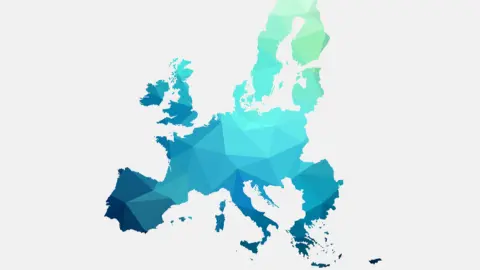Asia week ahead: Central banks in the spotlight, again
A flood of economic releases will make for an extremely busy week in Asian markets, though central bank policy will likely take centre stage given that the Covid-19 crisis is deepening in some countries
Better for some, bad for other
Next week kicks off with the April Purchasing Manufacturing Index (PMIs), providing some clues about the state of Asian economies coming into the second quarter. China PMIs have provided temporary relief for the market in that both manufacturing and services activity expanded for a second straight month in April. We may see similar PMI results for some more, but not all, economies as the accelerated spread of Covid-19 and tighter movement restrictions dented activity further this month. India and some Southeast Asian countries seem to be a lot worse (see graph).
Trade figures from China, Korea, Taiwan, Malaysia, and the Philippines will underscore a significant hit to global demand in the ongoing pandemic. And, retail sales data in Australia, Hong Kong, and Singapore will inform about the dent to consumer spending as will Japan’s household spending data, though this might go unnoticed in the golden week holiday. Price pressures continue to abate with weakening demand. Inflation in some countries has already drifted into negative territory. Look out for consumer price data in Korea, Indonesia, the Philippines, and Thailand.
The GDP release season is also in full swing, with first-quarter data due in Hong Kong, Indonesia, and the Philippines. As with everywhere else, these will probably be the worst figures in nearly a decade, with a fall of as much as 10% in Hong Kong compared to a year ago.
Monthly rise in number of Covid-19 infections in Asia
Still, worrisome for central banks
Central bank policy meetings in Australia and Malaysia are the highlights of the week. It could be a mixed bag of events though, more likely a non-event in Australia and accelerated policy easing in Malaysia.
In an off-cycle easing move in March, the Reserve Bank of Australia nudged its policy rate to an all-time low of 0.25%, leaving no room for it to fall further. At the same time, the RBA also launched a quantitative easing (QE) programme to inject more cash into the economy. These moves suggest there's not much scope for action next week given that the country has also managed to bring the Covid-19 spread under control. Moreover, the pause in the RBA’s bond purchases this week even raise the question of whether it will stay the course ahead, while Governor Philip Lowe has ruled out a move to negative interest rates.
This shifts the spotlight onto Bank Negara Malaysia's policy meeting. We have long been calling for a 50 basis point cut in the BNM’s overnight policy rate to 2.00% at the May meeting, bringing it to the previous low seen during the 2009 global financial crisis. Given a far bigger scale of the current crisis than the GFC though, we would anticipate a much bigger response. The 50bp rate cut since January 2020 compares with a 150bp cut in the span of less than three months at the height of the GFC. We don’t think the central bank can afford to wait much longer, as GDP is heading for the steepest fall this quarter since the 1998 Asian crisis and inflation has already moved into negative territory. We don’t think the BNM will stop at a 50bp cut next week, especially with protracted deflation ahead keeping real interest rates high.
Key events
This publication has been prepared by ING solely for information purposes irrespective of a particular user's means, financial situation or investment objectives. The information does not constitute investment recommendation, and nor is it investment, legal or tax advice or an offer or solicitation to purchase or sell any financial instrument. Read more
Download
Download article
1 May 2020
Good MornING Asia - 4 May 2020 This bundle contains 3 Articles